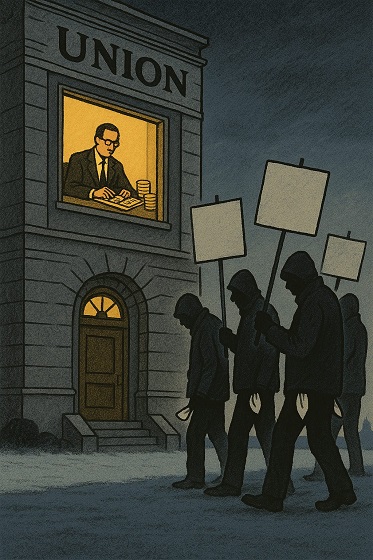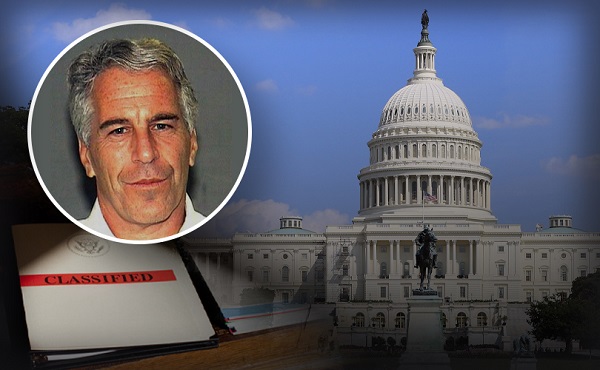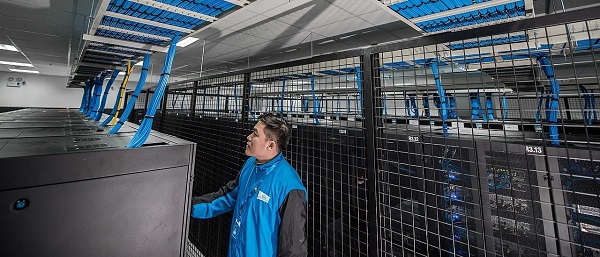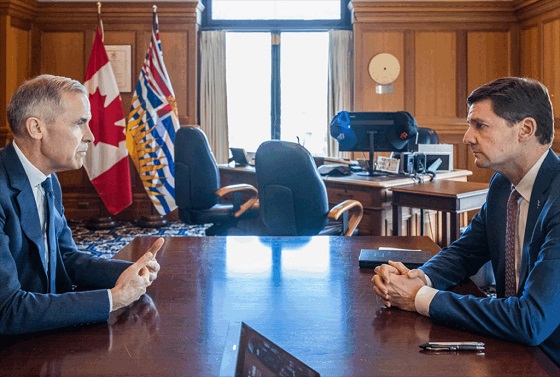Business
Privatizing Canada Post Is The Only Solution Left

From the Frontier Centre for Public Policy
By Conrad Eder
Endless bailouts won’t fix Canada Post’s broken business model
Canada Post is bleeding taxpayers dry. In 2024 alone, it lost nearly $1.3 billion and saw revenues fall by $800 million—a staggering 12.2 per cent year-over-year decline. These grim figures forced a $1 billion taxpayer bailout in January.
And the crisis is far from over. Beginning in 2026, Canada Post itself projects it will need another $1 billion every year simply to survive.
This is not a temporary slump. It is a structural failure. Since 2018, Canada Post has accumulated losses of more than $3.8 billion. The message is clear: Canadians aren’t getting mail—they’re getting fleeced.
Yet despite overwhelming evidence of collapse, proposals to privatize the service continue to face resistance from those nostalgic for a bygone era. That nostalgia is costly. Every billion-dollar bailout is a billion dollars not spent on hospitals, schools and infrastructure. Imagine what $1 billion a year could mean for health care wait times, long-term care beds, or repairing crumbling bridges. Instead, Canadians are spending it to keep an outdated postal service on life support.
Critics of privatization argue that only a public entity can guarantee affordable, universal service. They warn that private operators would reduce access, raise prices and abandon rural Canada.
But the European experience tells a different story. Germany’s Deutsche Post, privatized in 1995, expanded its services globally while maintaining affordable domestic delivery. The Netherlands’ PostNL streamlined operations and introduced innovative parcel services to meet the demands of online shopping. Austria Post invested heavily in automation and developed flexible delivery options. In all three cases, universal service requirements were preserved, prices remained affordable, and customers benefited from enhanced, innovative services.
By contrast, Canada Post’s outdated monopoly model is a straitjacket. It must deliver to every address, no matter the cost, while being forced to seek government approval for even modest changes. This bureaucracy means political considerations routinely trump business logic. While private competitors can adjust pricing, delivery models and technology overnight, Canada Post waits months—sometimes years—for permission to act.
As if structural flaws weren’t enough, labour instability has become another costly burden. A recent 32-day strike cost Canada Post more than $200 million.
While the Canadian Union of Postal Workers has every right to defend its members, it has consistently resisted reforms like flexible staffing and automated systems. These are precisely the changes needed to bring the service into the modern era. With taxpayer bailouts guaranteeing survival, CUPW faces little pressure to change course. Canada Post has become less of a postal service than a taxpayer-funded job protection scheme.
Former CEO Moya Greene understood this reality. After leaving Canada Post, she led the UK’s Royal Mail through successful privatization. Her experience showed that public postal services can modernize without abandoning universal service. The lesson is simple: performance improves when failure is possible.
Critics warn about the dangers of the profit motive. But Canada Post already raises postage rates while continuing to post massive losses. Canadians are paying more and getting less. Profit, unlike politics, demands accountability. Companies that fail to deliver value lose customers. Crown corporations, shielded by bailouts, lose nothing.
Fixing Canada Post will take more than tinkering. Incremental reforms cannot solve a billion-dollar-a-year problem. Canada must end its monopoly, open the market and privatize the service. A privatized model can be designed to ensure continued universal delivery, just as in Europe, while giving operators the flexibility to innovate and compete.
Privatization is neither reckless nor radical. It is a proven solution to a financial and operational crisis. Canadians deserve more than excuses and nostalgia. They deserve a postal service that delivers goods to Canadians, not one that delivers bills to taxpayers.
Conrad Eder is a policy analyst at the Frontier Centre for Public Policy.
Business
New airline compensation rules could threaten regional travel and push up ticket prices

New passenger compensation rules under review could end up harming passengers as well as the country’s aviation sector by forcing airlines to pay for delays and cancellations beyond their control, warns a new report published this morning by the MEI.
“Air travel in Canada is already unaffordable and inaccessible,” says Gabriel Giguère, senior public policy analyst at the MEI. “New rules that force airlines to cover costs they can’t control would only make a bad situation worse.”
Introduced in 2023 by then-Transport Minister Omar Alghabra, the proposed amendment to the Air Passenger Protection Regulations would make airlines liable for compensation in all cases except those deemed “exceptional.” Under the current rules, compensation applies only when the airline is directly responsible for the disruption.
If adopted, the new framework would require Canadian airlines to pay at least $400 per passenger for any “unexceptional” cancellation or delay exceeding three hours, regardless of fault. Moreover, the definition of “exceptional circumstances” remains vague and incomplete, creating regulatory uncertainty.
“A presumed-guilty approach could upend airline operations,” notes Mr. Giguère. “Reversing the burden of proof introduces another layer of bureaucracy and litigation, which are costs that will inevitably be passed on to consumers.”
The Canadian Transportation Agency estimates that these changes would impose over $512 million in additional costs on the industry over ten years, leading to higher ticket prices and potentially reducing regional air service.
Canadians already pay some of the highest airfares in the world, largely due to government-imposed fees. Passengers directly cover the Air Travellers Security Charge—$9.94 per domestic flight and $34.42 per international flight—and indirectly pay airport rent through Airport Improvement Fees included on every ticket.
In 2024 alone, airport authorities remitted a record $494.8 million in rent to the federal government, $75.6 million more than the previous year and 68 per cent higher than a decade earlier.
“This new regulation risks being the final blow to regional air travel,” warns Mr. Giguère. “Routes connecting smaller communities will be the first to disappear as costs rise and they become less profitable.”
For instance, a three-hour and one minute delay on a Montreal–Saguenay flight with 85 passengers would cost an airline roughly $33,000 in compensation. It would take approximately 61 incident-free return flights to recoup that cost.
Regional air service has already declined by 34 per cent since 2019, and the added burden of this proposed regulation could further reduce connectivity within Canada. It would also hurt Canadian airlines’ competitiveness relative to U.S. carriers operating out of airports just south of the border, whose passengers already enjoy lower fares.
“If the federal government truly wants to make air travel more affordable,” says Mr. Giguère, “it should start by cutting its own excessive fees instead of scapegoating airlines for political gain.”
You can read the Economic Note here.
* * *
The MEI is an independent public policy think tank with offices in Montreal, Ottawa, and Calgary. Through its publications, media appearances, and advisory services to policymakers, the MEI stimulates public policy debate and reforms based on sound economics and entrepreneurship.
Business
Will the Port of Churchill ever cease to be a dream?
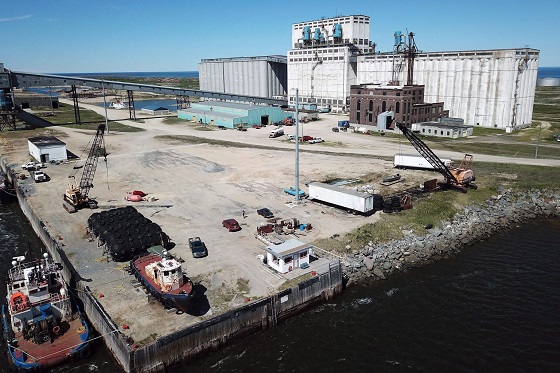
From Resource Works
The Port of Churchill has long been viewed as Canada’s northern gateway to global markets, but decades of under-investment have held it back.
A national dream that never materialised
For nearly a century, Churchill, Manitoba has loomed in the national imagination. In 1931, crowds on the rocky shore watched the first steamships pull into Canada’s new deepwater Arctic port, hailed as the “thriving seaport of the Prairies” that would bring western grain “1,000 miles nearer” to European markets. The dream was that this Hudson Bay town would become a great Canadian centre of trade and commerce.
The Hudson Bay Railway was blasted across muskeg and permafrost to reach what engineers called an “incomparably superior” harbour. But a short ice free season and high costs meant Churchill never grew beyond a niche outlet beside Canada’s larger ports, and the town’s population shrank.
False starts, failed investments
In 1997, Denver based OmniTrax bought the port and 900 kilometre rail line with federal backing and promises of heavy investment. Former employees and federal records later suggested those promises were not fully kept, even as Ottawa poured money into the route and subsidies were offered to keep grain moving north. After port fees jumped and the Canadian Wheat Board disappeared, grain volumes collapsed and the port shut, cutting rail service and leaving northern communities and miners scrambling.
A new Indigenous-led revival — with limits
The current revival looks different. The port and railway are now owned by Arctic Gateway Group, a partnership of First Nations and northern municipalities that stepped in after washouts closed the line and OmniTrax walked away. Manitoba and Ottawa have committed $262.5 million over five years to stabilize the railway and upgrade the terminal, with Manitoba’s share now at $87.5 million after a new $51 million provincial pledge.
Prime Minister Mark Carney has folded Churchill into his wider push on “nation building” infrastructure. His government’s new Major Projects Office is advancing energy, mining and transmission proposals that Ottawa says add up to more than $116 billion in investment. Against that backdrop, Churchill’s slice looks modest, a necessary repair rather than a defining project.
The paperwork drives home the point. The first waves of formally fast tracked projects include LNG expansion at Kitimat, new nuclear at Darlington and copper and nickel mines. Churchill sits instead on the office’s list of “transformative strategies”, a roster of big ideas still awaiting detailed plans and costings, with a formal Port of Churchill Plus strategy not expected until the spring of 2026 under federal–provincial timelines.
Churchill as priority — or afterthought?
Premier Wab Kinew rejects the notion that Churchill is an afterthought. Standing with Carney in Winnipeg, he called the northern expansion “a major priority” for Manitoba and cast the project as a way for the province “to be able to play a role in building up Canada’s economy for the next stage of us pushing back against” U.S. protectionism. He has also cautioned that “when we’re thinking about a major piece of infrastructure, realistically, a five to 10 year timeline is probably realistic.”
On paper, the Port of Churchill Plus concept is sweeping. The project description calls for an upgraded railway, an all weather road, new icebreaking capacity in Hudson Bay and a northern “energy corridor” that could one day move liquefied natural gas, crude oil, electricity or hydrogen. Ottawa’s joint statement with Manitoba calls Churchill “without question, a core component to the prosperity of the country.”
Concepts without commitments
The vision is sweeping, yet most of this remains conceptual. Analysts note that hard questions about routing, engineering, environmental impacts and commercial demand still have to be answered. Transportation experts say they struggle to see a purely commercial case that would make Churchill more attractive than larger ports, arguing its real value is as an insurance policy for sovereignty and supply chain resilience.
That insurance argument is compelling in an era of geopolitical risk and heightened concern about Arctic security. It is also a reminder of how limited Canada’s ambition at Churchill has been. For a hundred years, governments have been willing to dream big in northern Manitoba, then content to underbuild and underdeliver, as the port’s own history of near misses shows. A port that should be a symbol of confidence in the North has spent most of its life as a seasonal outlet.
A Canadian pattern — high ambition, slow execution
The pattern is familiar across the country. Despite abundant resources, capital and engineering talent, mines, pipelines, ports and power lines take years longer to approve and build here than in competing jurisdictions. A tangle of overlapping regulations, court challenges and political caution has turned review into a slow moving veto, leaving a politics of grand announcements followed by small, incremental steps.
Churchill is where those national habits are most exposed. The latest round of investment, led by Indigenous owners and backed by both levels of government, deserves support, as does Kinew’s insistence that Churchill is a priority. But until Canada matches its Arctic trading rhetoric with a willingness to build at scale and at speed, the port will remain a powerful dream that never quite becomes a real gateway to the world.
Headline photo credit to THE CANADIAN PRESS/John Woods
-

 Business17 hours ago
Business17 hours agoNew airline compensation rules could threaten regional travel and push up ticket prices
-

 Health2 days ago
Health2 days agoCDC’s Autism Reversal: Inside the Collapse of a 25‑Year Public Health Narrative
-

 Digital ID1 day ago
Digital ID1 day agoLeslyn Lewis urges fellow MPs to oppose Liberal push for mandatory digital IDs
-

 Crime2 days ago
Crime2 days agoCocaine, Manhunts, and Murder: Canadian Cartel Kingpin Prosecuted In US
-

 Daily Caller2 days ago
Daily Caller2 days agoBREAKING: Globalist Climate Conference Bursts Into Flames
-

 Health2 days ago
Health2 days agoBREAKING: CDC quietly rewrites its vaccine–autism guidance
-

 Great Reset1 day ago
Great Reset1 day agoEXCLUSIVE: The Nova Scotia RCMP Veterans’ Association IS TARGETING VETERANS with Euthanasia
-
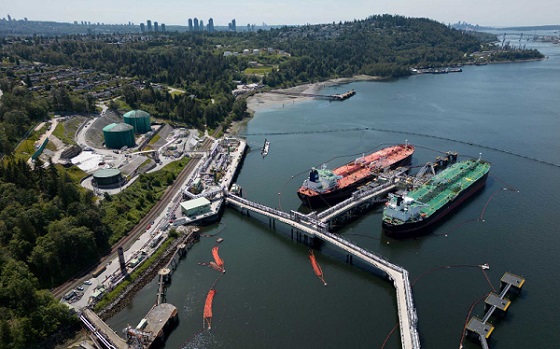
 Energy2 days ago
Energy2 days agoHere’s what they don’t tell you about BC’s tanker ban




